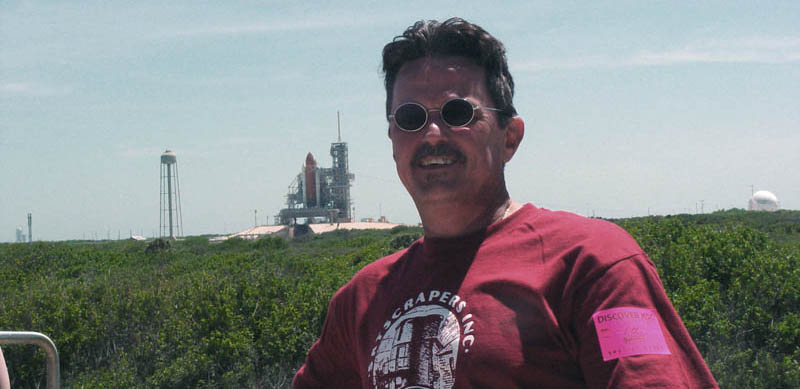May 2011
The Past, Present, and Future of the Van Vleck Observatory
Roy KilgardThe Van Vleck Observatory sits atop Wesleyan University's Campus in
Middletown, CT, painting a scenic backdrop for all who visit the
University. For 175 years, Wesleyan has been the site of active
astronomical research, and the Van Vleck Observatory is currently the
home to two telescopes of note: a 20" Alvan Clark refractor and a 24"
Boller and Chivens Cassegrain telescope. I will provide a brief
overview of the Observatory, its historical instruments, its scientific
work, and the people who have called VVO home. I will then turn to the
present, discussing observations currently taking place with modern
instruments on campus and at facilities around (and above!) the world.
Bio:
Roy Kilgard grew up in rural south Georgia near one of the best dark sky locations in the eastern United States, and became a dedicated observer from an early age, using a 4" Newtonian reflector with no clock drive. He attended Valdosta State University, triple-majoring in Astronomy, Physics, and Philosophy. While there, he and 3 college friends attempted the Messier Marathon twice, finding (and sketching) 83 objects the second time.
From 1997 to 2001, he worked at the Harvard-Smithsonian Center for Astrophysics as a research assistant for the Chandra X-ray Observatory; primarily writing and documenting analysis software and providing support for observers.
From 2001 to 2005, Roy attended graduate school in a joint program between the University of Leicester (in the English midlands) and the Center for Astrophysics, hopping back-and-forth across the Atlantic every few months. In 2005, he completed his Ph.D. in astrophysics, entitled "The X-ray Point Source Populations of Spiral and Star Forming Galaxies", and returned to the Center for Astrophysics full-time as a research astronomer and post-doctoral scholar.
In 2007, Roy moved to Connecticut and the Van Vleck Observatory at Wesleyan University, where he is now a Research Assistant Professor of Astronomy. His research emphasis is in X-ray emission from galaxies, with recent work centered on stellar- and intermediate-mass black holes and their link to episodic star formation events in galaxies. His most recent achievement is the birth of his first child, Tabetha Patrice Kilgard, born March 7th, 2011.
Related Links




